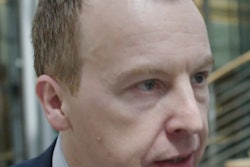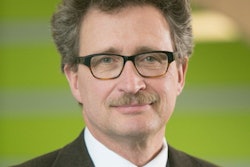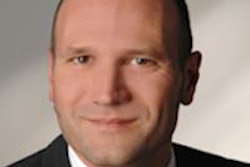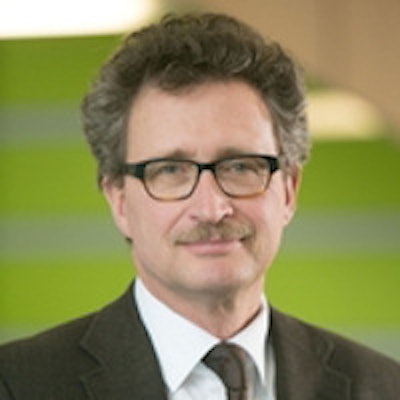
Dr. Dierk Vorwerk is due to take over as president of the German Radiological Society (DRG, Deutsche Röntgengesellschaft) at next month's 96th Deutscher Röntgenkongress in Hamburg. The 56-year old native of the Rhineland region is senior consultant at the Klinikum Ingolstadt. From 2012-2014, he chaired the German Society for Interventional Radiology (Deutsche Gesellschaft für Interventionelle Radiologie, DeGIR), and for many years he has been involved in the Cardiovascular and Interventional Radiological Society of Europe (CIRSE).
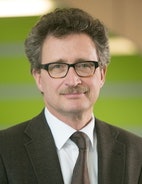 Radiology needs to think more deeply about how its partnership with patients works, said Dr. Dirk Vorwerk.
Radiology needs to think more deeply about how its partnership with patients works, said Dr. Dirk Vorwerk.What do you regard as being the most pressing demands on you as DRG president?
Vorwerk: I tend to think of myself primarily as "a first amongst equals" -- someone whose job it is to represent our profession, working with an extensive committee, building on the achievements of my predecessor in the role, and preparing the ground for my successor.
However, I feel very strongly that we need to build up our own self-confidence. Despite the fact that radiology is on the verge of celebrating its centenary, it has yet to earn the full appreciation that it deserves, not only in the public eye but also amongst our professional colleagues. People remain unaware of the full importance of imaging in medicine, even though radiology is the 21st century stethoscope. We have more work to do in getting this message across, both to patients and colleagues. We also need a clearer picture of how our specific partnership with patients is meant to work.
What does this mean in terms of representing the profession?
We need to reform the structure of radiology right here and now. I am thinking initially in terms of a professional society. It is a good thing that the DRG provides us with a major focal point where we can stand up for our profession. But my thoughts are also directed toward the way in which the organization is structured within hospitals.
It is important for medical imaging to remain under the control of a central radiology department. Without a doubt, this concept has both strengths and weaknesses, and these strengths and weaknesses need to be identified and weighed up if we are to develop intelligent ways of finding the right solutions. Our profession is one of the last major professions that has yet to be divided up into subsidiary disciplines; at the same time, it is a profession that covers multiple disciplines and we have to deal with all of these.
How do you think this structure can be achieved?
We need to find new ways of organizing the growing body of specialist knowledge that is building up within our profession. As radiologists, we are well-placed to do even more to promote exchanges of data from investigative reports and imaging, as well as to facilitate specialist forums. Obviously, we will also have to be working at a political level to protect our discipline. I say this in particular with the postgraduate training regulations (Weiterbildungsordnung) in mind. The effect of the debate surrounding amendments to this legislation has been to bring the individual agendas of the various organ-based disciplines out into the open.
You are the first nonuniversity DRG president in decades. Is this something special for you?
No. What it demonstrates, first and foremost, is the plurality of our professional society, which will represent radiologists, whether they are university-based or whether they practice in hospitals or out in the community. What I want to do, therefore, is to work closely with the professional association so that we can discuss matters of future relevance together -- mainly encouraging the development of newcomers to our discipline.
Editor's note: This article is an edited version of a translation of an article published in German online on 7 April 2015 by the DRG. Translation by Syntacta Translation & Interpreting. To read the original article, visit the DRG website.




